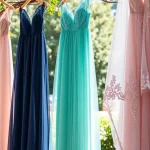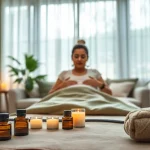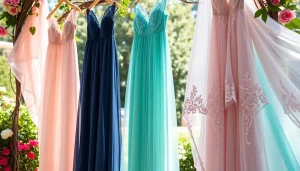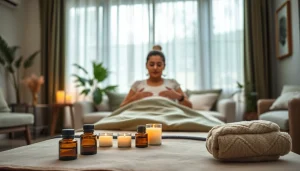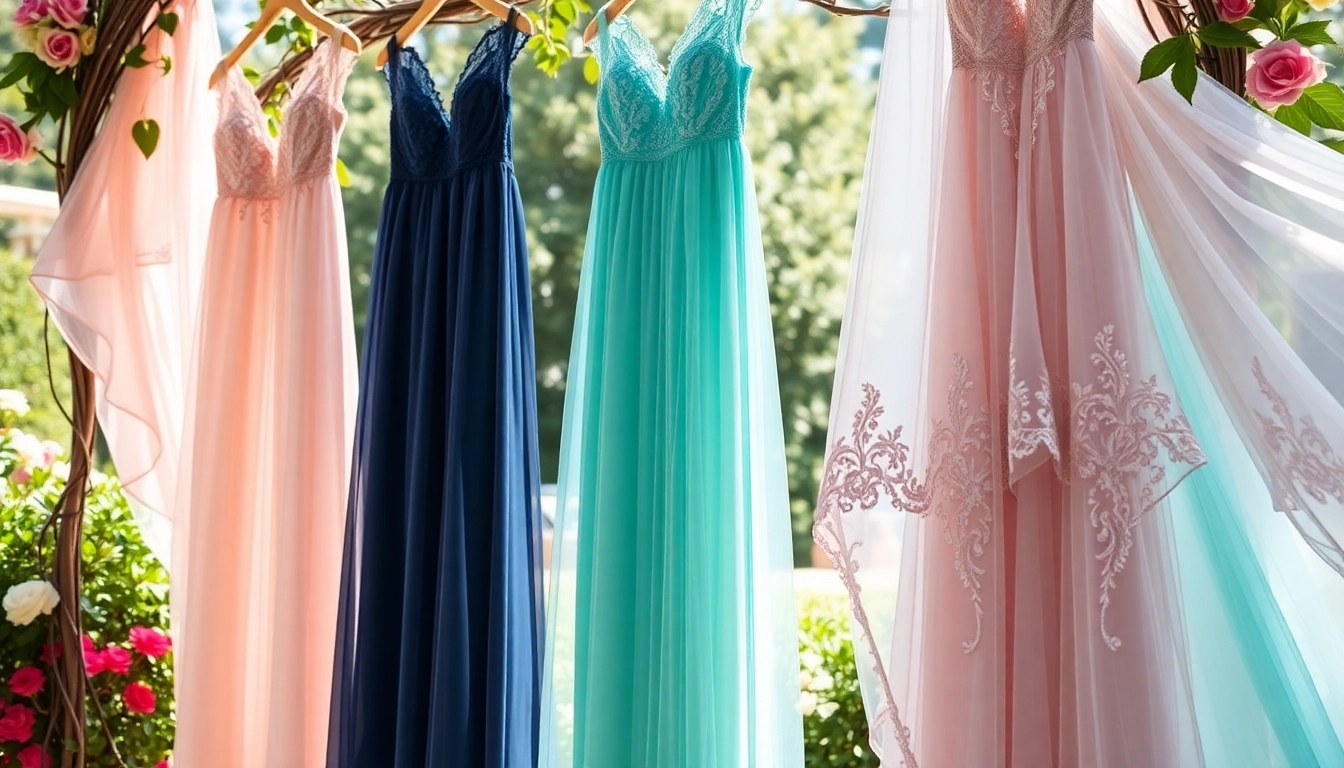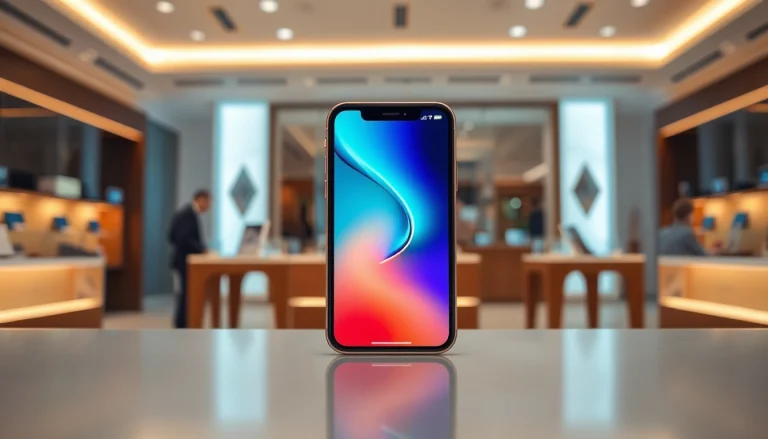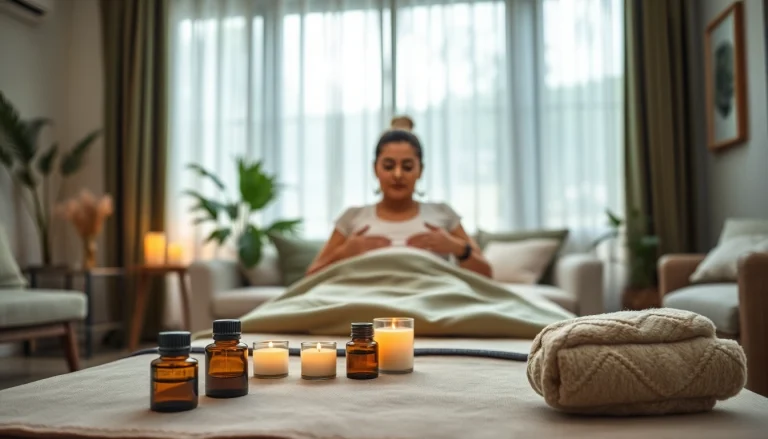1. Understanding Coloured Wedding Dresses
In recent years, brides have been breaking from traditional norms by embracing coloured wedding dresses that reflect their personality and style. The shift towards embracing color in bridal wear is not merely a trend; it signifies a broader cultural evolution within the wedding industry, allowing couples to express their uniqueness on one of the most important days of their lives. This section delves into the rich history of wedding dress colors, their cultural implications, and the popular shades that modern brides are choosing today.
1.1 The Evolution of Wedding Dress Colors
The concept of the white wedding dress, popularized by Queen Victoria’s choice in 1840, has dominated bridal fashion for well over a century. However, colored wedding dresses have been part of wedding traditions long before the arrival of white gowns. Historical records show that many cultures favored vibrant hues as expressions of joy and celebration. For instance, in Ancient Rome, brides often wore red to symbolize love and fertility, while in Asian cultures, shades of red or gold represent good fortune and happiness.
As the 20th century progressed, shifting societal norms began to influence bridal fashion. By the late 20th century, the rise of individualism and personal expression began to challenge the once monolithic view of bridal attire. Today, more brides are opting for rich colors, including pastels, jewel tones, and even bold prints, embodying a fusion of tradition and modernity in their wedding ensembles.
1.2 Cultural Significance of Coloured Wedding Dresses
Coloured wedding dresses can carry immense cultural significance. In many cultures, colors symbolize various attributes and characteristics. For instance:
- Red: In Chinese culture, red signifies prosperity, happiness, and good fortune. It is often the color of choice for traditional Chinese weddings.
- Blue: In Hindu weddings, brides may wear blue to symbolize love, knowledge, and tranquility.
- Green: In several cultures, green represents growth and fertility, making it a popular choice for environmentally conscious couples.
The choice of color can serve as a reflection of familial traditions, personal beliefs, or individual preferences, allowing brides to craft a narrative that intimately ties their cultural heritage with their personal journey.
1.3 Popular Color Choices for Modern Brides
Modern brides are experimenting with a variety of colors that allow them to express their style and identity. Some popular choices include:
- Soft Pastels: Shades like blush, lavender, and mint continue to be favorites for their romantic and ethereal qualities.
- Rich Jewel Tones: Deep shades such as emerald green, burgundy, and sapphire blue convey elegance and sophistication.
- Bold Colors: Vibrant hues like bright orange, fuchsia, and royal blue stand out for ultra-confident brides looking to make a statement.
These color choices reflect not only current fashion trends but also a societal shift towards embracing individuality in wedding ceremonies.
2. Choosing the Right Shade for Your Skin Tone
Finding the perfect coloured wedding dress goes beyond just picking your favorite hue; it involves understanding which shades complement your skin tone. This selection process is crucial for ensuring that the dress enhances your natural beauty. This section will guide you through skin tone analysis, seasonal color palettes, and expert tips for choosing complementary colors that will have you glowing on your special day.
2.1 Skin Tone Analysis and Dress Color Compatibility
Your skin tone is categorized generally into three types: warm, cool, and neutral. To make a suitable choice, first, identify your skin tone. Here are some tips for assessment:
- If you have a yellow or golden undertone, your skin is likely warm. Colors like peach, coral, warm reds, and earthy tones will complement your complexion.
- Cool skin tones reveal pink or blue undertones, best suited to shades such as lavender, icy blues, or jewel tones like emerald green.
- Neutral skin tones can typically pull off both warm and cool colors, but lean towards colors that contrast slightly with your skin’s natural tone for a stunning effect.
2.2 Seasonal Color Palettes for Weddings
Choosing a color palette based on the season can also play a significant role in how a colored dress fits the overall wedding aesthetic. Each season brings forth unique color inspirations:
- Spring: Soft pastels like blush, lavender, and mint are particularly appealing.
- Summer: Bold and bright colors are favored, with turquoise, coral, and sunny yellows leading the way.
- Fall: Deep jewel tones, muted hues, and earthy colors adapt beautifully to fall weddings.
- Winter: Darker shades paired with metallics create a dramatic look for winter weddings.
2.3 Expert Tips for Selecting Complimentary Colours
Choosing the right color for your dress can be a daunting task. Here are some expert tips:
- Test the Colors: Bring fabric swatches in selected colors to ensure they flatter your skin tone, even in different lighting conditions.
- Consider the Venue: Ensure that the color coordinates with the wedding venue’s decor to create a harmonious atmosphere.
- Think About the Theme: Match or contrast your dress color to the overall wedding theme for a cohesive look.
3. The Best Fabrics for Coloured Wedding Dresses
The fabric of your wedding dress can dramatically influence both the look and feel of your gown. It’s essential to consider how different materials interact with colors and which options will best suit your desired design. This section explores various fabric types, how they affect color perception, and tips for selecting the right fabric for your dress style.
3.1 Understanding Different Fabric Types
When shopping for a coloured wedding dress, familiarize yourself with the most commonly used fabrics:
- Satin: A luxurious choice with a soft sheen that holds color beautifully, making it an excellent option for vibrant gowns.
- Chiffon: Light and airy, chiffon is perfect for creating soft silhouettes with delicate colors that float softly.
- Lace: Adds texture and intricacy to a dress. Colored lace can create unique visual effects when layered over a base fabric.
- Tulle: Often used in skirts and veils, tulle can soften the look of a dress when paired with bold colors.
3.2 How Fabric Affects Color Perception
Different fabrics reflect light in varying ways, which can impact how colors appear. Here are some observations:
- Satin tends to enhance vibrancy, making colors appear brighter and more saturated.
- Matte fabrics, like crepe, can soften bright colors, creating a more understated look.
- Textured fabrics, like lace or embroidered tulle, can add depth to a coloured dress, creating a mesmerizing visual effect.
3.3 Finding the Perfect Fabric for Your Dress Style
Your choice of fabric should align with the style of the dress you envision. Consider the following:
- For a fitted silhouette, materials such as satin or silk work well, as they hug the body and provide structure.
- For an A-line or ball gown style, flowing materials like chiffon or tulle create beautiful movement and can enhance a dramatic effect.
- If you desire a more contemporary look, opt for structured fabrics that maintain shape well and emphasize clean lines.
4. Accessorizing with Coloured Wedding Dresses
Accessorizing is key to enhancing the overall look of your coloured wedding dress. The right accessories not only complement your dress but also reflect your personality and wedding theme. This section offers insights on selecting complementary accessories, footwear, and jewelry that will elevate your bridal ensemble.
4.1 Complementary Accessories to Enhance the Look
Your choice of accessories can either enhance or clash with your coloured wedding dress. Here are some tips for choosing the right pieces:
- Opt for Neutral Accessories: If your dress is bold, consider muted accessories to prevent overwhelming your look.
- Play with Contrasting Colors: For a less conventional approach, choose accessories in shades that starkly contrast with your dress for a standout effect.
- Texture Matters: Mixing materials, such as pairing a silky dress with metallic accessories, can add interest and depth to your overall appearance.
4.2 Choosing the Right Footwear for Coloured Gowns
Footwear can dictate the tone of your floral wedding dress ensemble. Here are popular options:
- Classic White or Ivory Shoes: For timeless elegance that works with any color.
- Coloured Shoes: Choose a hue that matches or complements your dress for a cohesive look.
- Textured or Metallic Shoes: Adds an element of surprise and can elevate a simple coloured dress.
4.3 Jewelry Selections That Pop Against Your Dress
Jewelry choices should harmonize with your wedding dress; here are some suggestions:
- Statement Pieces: If you opt for a simple dress, consider bold necklaces or earrings to draw attention.
- Delicate Accessories for Detailed Dresses: When wearing a highly embellished gown, go for subtle jewelry to maintain balance.
- Mix and Match: Don’t hesitate to mix different metals or stones to create a personalized touch.
5. Planning Your Wedding Theme Around Your Dress
The color of your wedding dress will set the tone for your entire wedding theme. From floral arrangements to guest attire, every aspect can be woven into a cohesive narrative. This section outlines how to effectively plan your wedding theme around your coloured dress, ensuring every detail reflects your vision on your special day.
5.1 Matching Wedding Decor with Dress Colors
Your wedding décor should harmonize with the colors in your wedding dress. Consider these elements:
- Ceremony Backdrop: Choose colors that complement your gown to create a visually appealing setting.
- Floral Arrangements: Select blooms that not only match but also contrast your dress colors enticingly, enhancing the overall aesthetic.
- Table Settings: Use napkins, tablecloths, and centerpieces inspired by the hues in your wedding dress, tying the whole look together.
5.2 Creating a Cohesive Color Scheme for the Big Day
A cohesive color scheme is essential for creating a memorable experience. Here are steps to design yours:
- Pick a Main Color: Use your dress color as the primary shade to guide all other color choices.
- Complementary Tones: Identify two or three complementary colors to support the main palette. Aim for balance without overcrowding.
- Test the Colors: Create a mood board to visualize how different colors work together before making final decisions.
5.3 Unique Wedding Ideas Inspired by Your Coloured Dress
Draw inspiration from your coloured wedding dress to create memorable experiences during your celebration:
- Personalized Invitations: Reflect the colors of your dress in your wedding invitations and stationery to establish your theme from the start.
- Themed Entertainment: Incorporate elements that echo your color palette in music, dances, and performances throughout the event.
- Bridal Party Coordination: Outfitting bridesmaids and groomsmen in colors that harmonize with your gown creates visual unity.
In conclusion, embracing coloured wedding dresses offers a beautiful opportunity for personalization, allowing brides to showcase their unique style and cultural narratives. As you embark on the journey of selecting your dress, consider the many aspects of color, fabric, and theme to create a seamless and memorable celebration of love.
